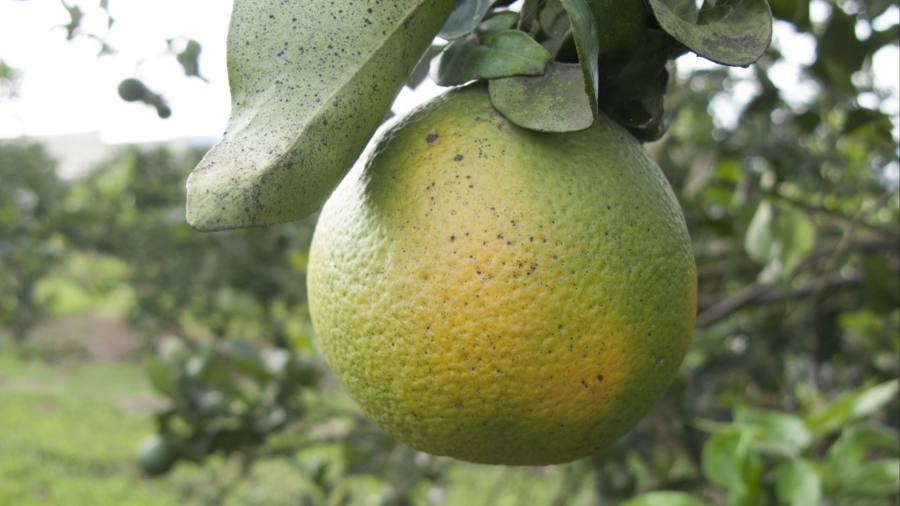Receive free Agricultural commodities updates
We’ll send you a myFT Daily Digest email rounding up the latest Agricultural commodities news every morning.
If the Global Financial Crisis had its big short, this year’s trade is more like the big squeeze. Orange juice futures in New York are at a record high of more than $3 per pound, up by almost half since the start of the year.
Hurricanes and disease will reduce Florida’s orange crop this year to about a tenth of what it was a decade ago. Record juice imports from Brazil, the world’s largest producer, will make up any breakfast shortfalls. Yet El Niño’s effect should bring persisting supply disruptions for a number of agricultural (soft) commodities.
Recent supply chain turmoil from pandemic effects has been followed this year by a shift in Pacific Ocean temperatures. A warmer El Niño phase has replaced almost three years of cooler La Niña conditions.
More than orange juice prices are affected. Officially declared in June, analysts expect El Niño will persist into the northern hemisphere’s winter in December. Spot prices have surpassed futures prices for a number of crops. Owing to near-term supply fears, price “backwardation” has appeared in the sugar, robusta coffee and soyabean markets, notes Jonathan Parkman at commodity broker Marex.
That has boosted shares of public agricultural traders, such as NYSE-listed ADM and Bunge. Both stocks have rallied by a quarter or more since touching bottom in May. Bunge bought rival Viterra from Glencore in June, a deal worth $18bn.
Expect more volatility in cocoa markets, partly owing to weather-related supply shortages in the Ivory Coast. Cocoa futures have climbed by almost half in the past year to $3,332 per tonne. The International Cocoa Organization has more than doubled the deficit it expects this season to 142,000 tonnes.
This looks like more bad news for shareholders of chocolate-maker Barry Callebaut. Its shares this year have dropped towards five-year lows.
El Niño’s impact gives a flavour of the ever-greater variability of weather patterns partly caused by climate change. That should be good for those companies that can trade through the volatility, less so for food producers dependent on agricultural inputs.
Read the full article here



